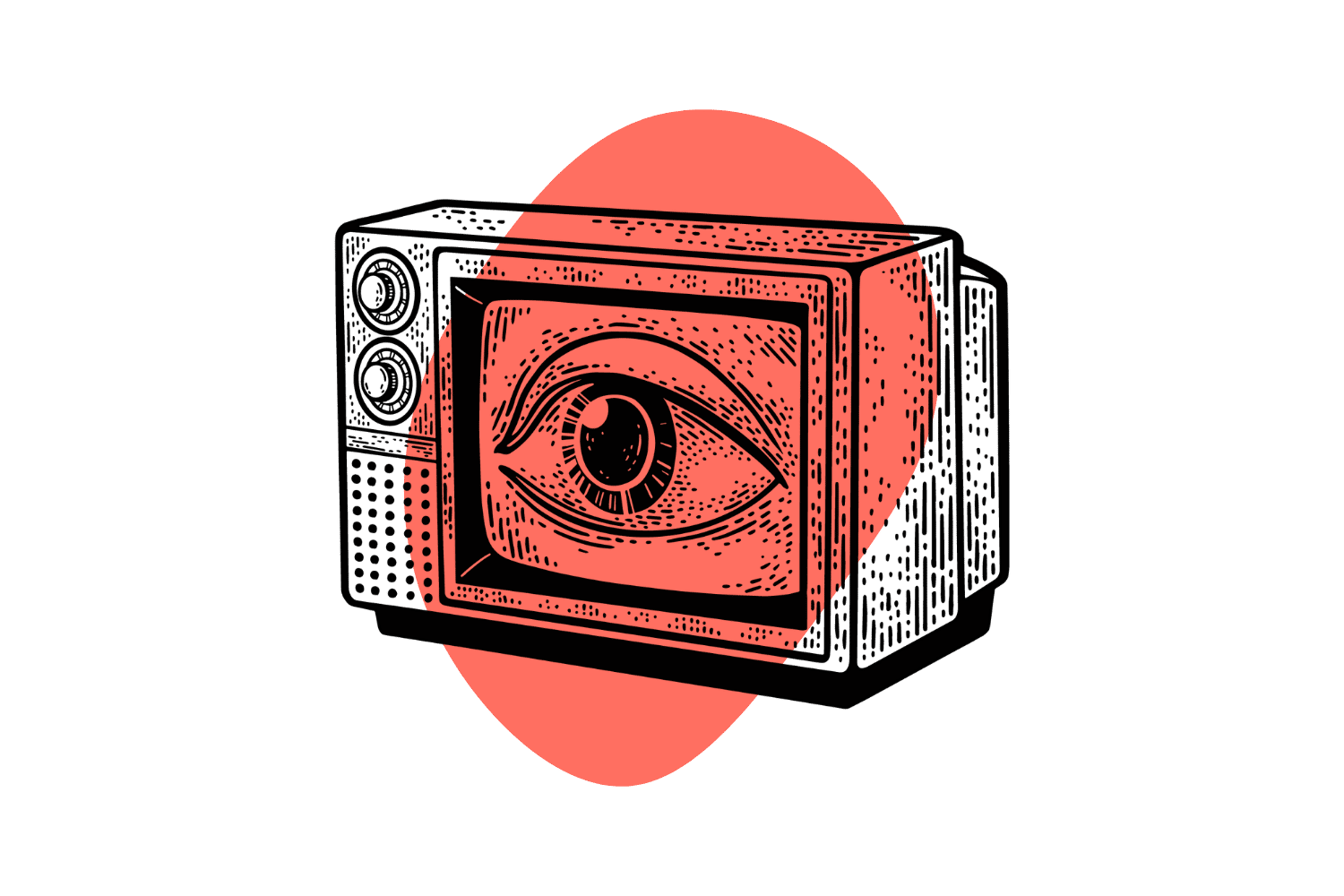Category: Synthetic Psychedelics
Psychedelics can be either natural or synthetic. Many (but not all) synthetic psychedelics were inspired or based on natural compounds.
For example, the largest class of synthetic psychedelics is the phenethylamine class, which is based on the structure of mescaline (the active ingredient in San Pedro or Peyote cactus).
Another famous synthetic psychedelic is LSD — which was a chemically-altered version of ergotamine from the ergot fungus.
Substances are tweaked and adapted in a lab to slightly alter their chemical structure — producing an entirely new compound.
There are thousands of synthetic psychedelics in the world today — largely created in response to the efforts of the drug war to ban psychoactive substances. Most of them are considered research chemicals because they lack sufficient scientific research to elucidate their mechanism of action or short/long-term safety profiles.
Naturally-occurring psychedelics can also be made synthetically, such as 5-MeO-DMT which is found naturally in the Colorado River Toad.
DXM (dextromethorphan) is an ingredient in over the counter cough medicine.
In high doses it produces dissociative hallucinations similar to ketamine or PCP.
LSD is a powerful hallucinogenic drug with the ability to alter visual and auditory perception.
DMT is a powerful psychoactive compound found in ayahuasca, bufo toads, and a pure crystalline form called 5-MeO-DMT.
